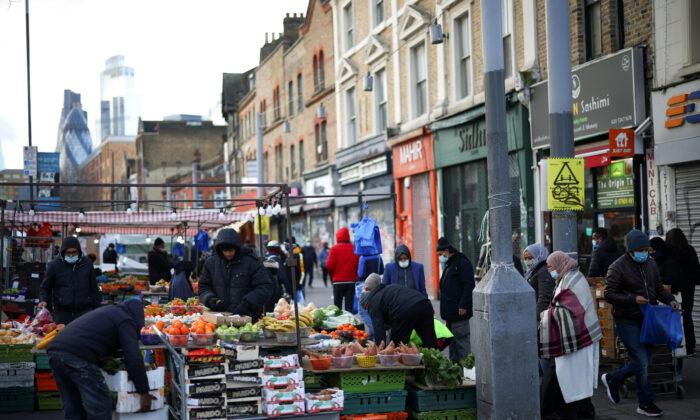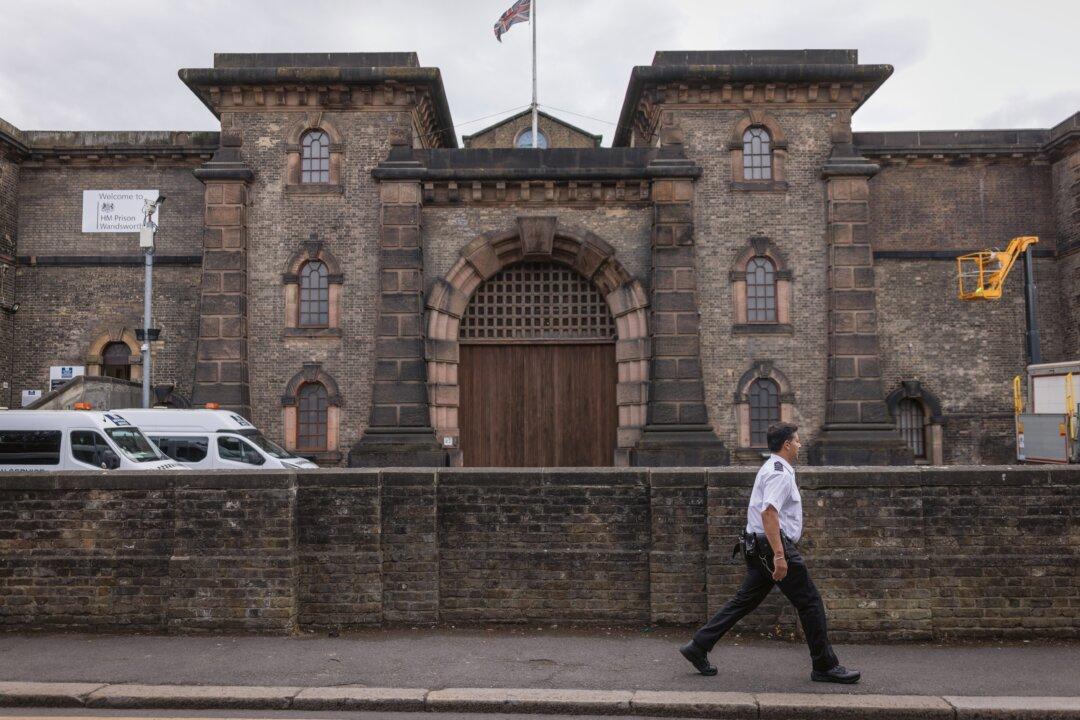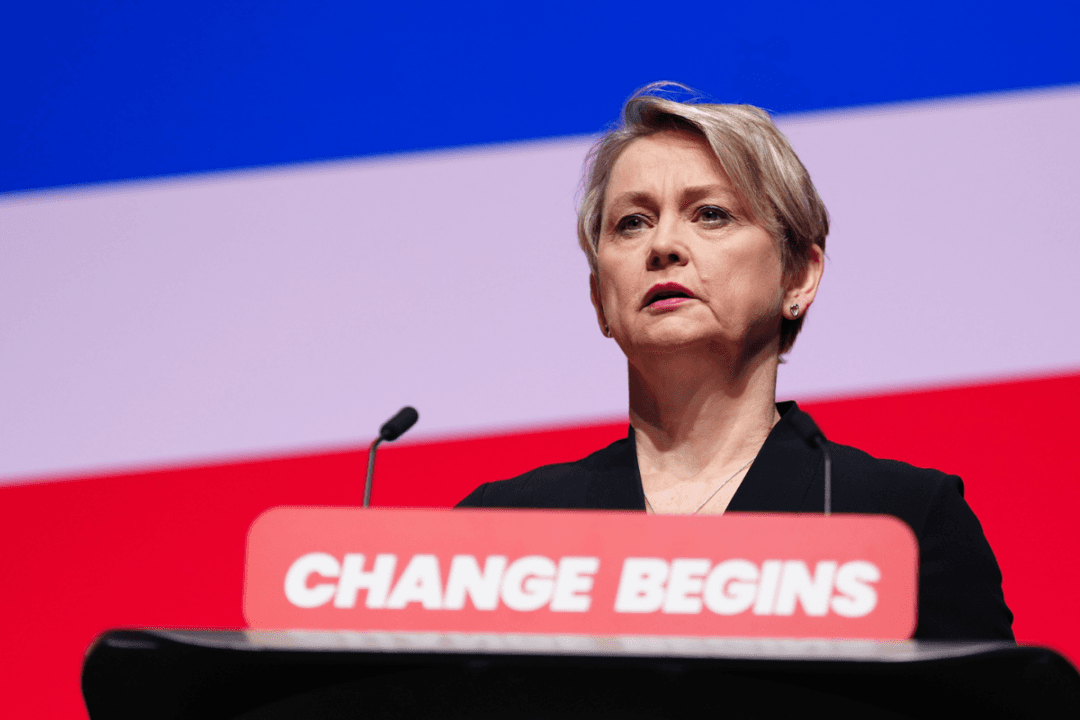The UK economy rebounded in April, following weaker performance in March, official figures have shown.
“GDP bounced back after a weak March. Bars and pubs had a comparatively strong April, while car sales rebounded and education partially recovered from the effect of the previous month’s strikes,” said ONS Director of Economic Statistics Darren Morgan.
“These were partially offset by falls in health, which was affected by the junior doctors strikes, along with falls in computer manufacturing and the often-erratic pharmaceuticals industry. House-builders and estate agents also had a poor month,” Morgan added.
Overall, the services sector grew by 0.3 percent in April, after a fall of 0.5 percent in March. The ONS data recorded growth in 10 out of 14 areas, which included the sectors of information and communication, education, transportation, and storage, as well as administrative and support activities.
While the largest contributor to the rise in services was wholesale and trade retail, the report also recorded a 1.3 percent April rise in information and communication, with leading industries such as motion picture, video and TV programme production, sound recording, and music publishing activities.
Another contributor were services in computer programming, consultancy, and related activities, which grew by 1.1 percent in April 2023 after a 0.8 percent fall in March.
Human health and social work activities were the largest negative contributing sub-sector to services output, falling by 0.9 percent in April. The decrease was caused by weaker performance of the human health activities industry, which fell by 1.3 percent in April, when junior doctors took industrial actions for four days.
Even though the construction sector fell by 0.6 percent in April, this was preceded by two months of consecutive growth. March showed the highest monthly value in level terms, at £15.6 billion, since records began in January 2010.
The manufacturing sector recorded falls in the manufacture of basic pharmaceutical products and pharmaceutical preparations, which fell by 5.0 percent in April. Manufacturing of computer, electronic, and optical products fell by 3.8 percent.
Speaking about UK economy’s long-term trend growth, Chancellor Jeremy Hunt said on Monday that it is estimated to be 1.6 percent, while public spending is expected to grow by 2 percent a year.
“Now we are not the only ones facing this dilemma. OECD projections say Germany, Italy, and Japan will have even lower growth over the next 25 years, with France about the same and the U.S. only marginally ahead. Many of those countries have even steeper demographic challenges than we face and all face pressure to increase the burden on taxpayers,” Hunt said.
Britain’s current inflation rate is 8.7 percent, while the current bank rate stands at 4.5 percent. The chancellor vowed to tackle inflation “relentlessly,” as high growth needs low inflation.
In response to the newly published data, shadow chancellor Rachel Reeves said on Twitter: “GDP stats show growth remains low. We’re lagging behind as families stay worse off and face a Tory mortgage penalty. Labour will match the ambition of the British people.”
Reeves said Labour’s mission to get “the highest sustained growth in the G7 will make every part of Britain better off.”





